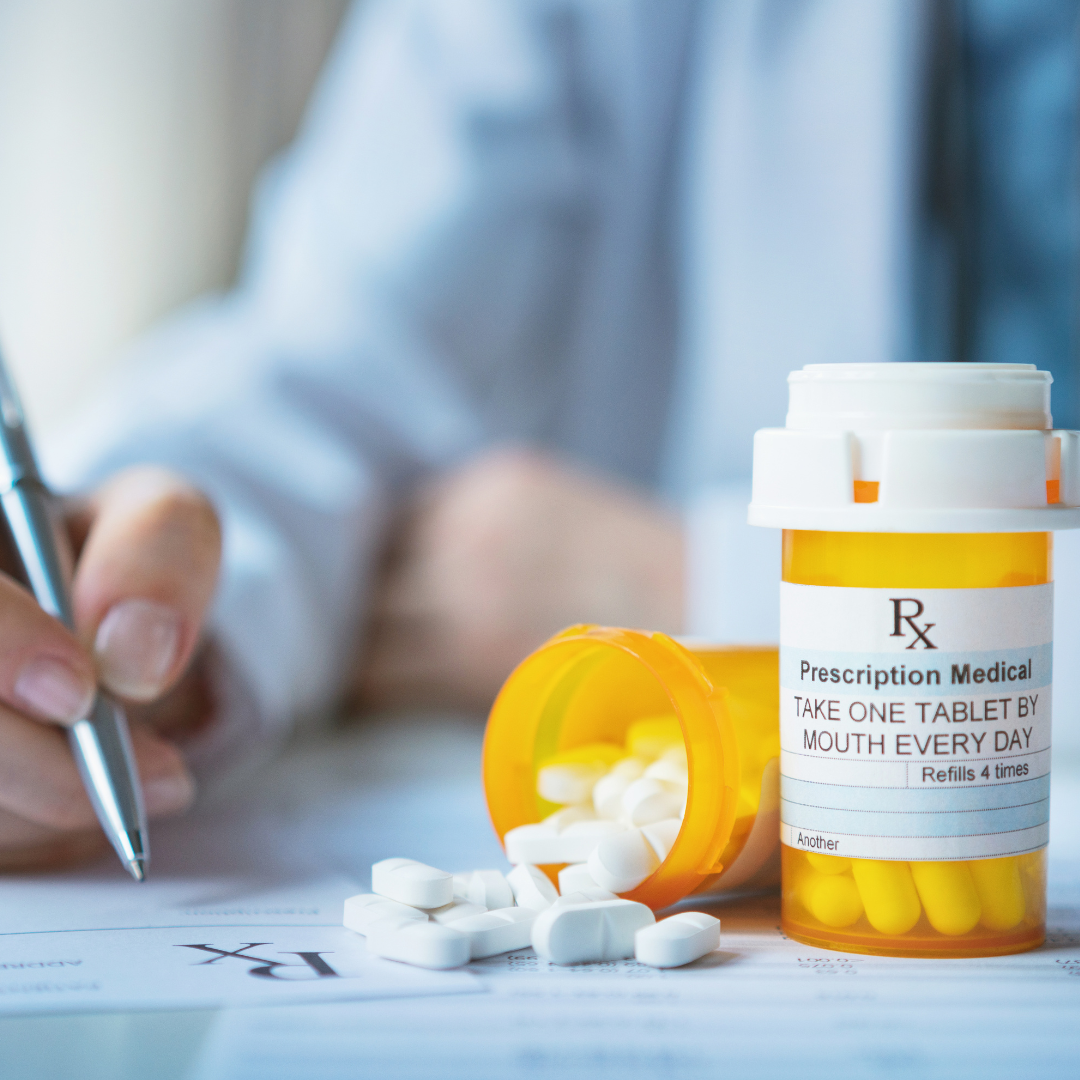Medicare open enrollment runs from Oct. 15 to Dec. 7 every year. During this period, enrollees can make certain changes to their current enrollment coverage. The decisions made during open enrollment can significantly affect the cost and coverage of your health care as well as the providers and pharmacies that are in-network. As such, it’s crucial that you understand the enrollment process and your coverage options to ensure you have the right coverage for your needs. This article provides an overview of Medicare open enrollment, prescription drug coverage and potential changes to prescription drug costs in 2024.
Medicare Open Enrollment
If you are 65 and older, you are likely eligible for Medicare. However, you may be able to apply for Medicare sooner if you have certain qualifying conditions, such as end-stage renal disease. First-time enrollees generally sign up for Medicare within a few months of their 65th birthday, whether or not it occurs near the open enrollment window. Once you are a Medicare enrollee, you can make changes to your plan during open enrollment each year. During this period, you can typically do the following:
• Switch from Original Medicare (Medicare Part A and Part B) to Medicare Advantage (Medicare Part C) or vice versa.
• Add or drop a Medicare prescription drug plan (Medicare Part D).
• Switch to a new plan from your current insurer or to a new insurer.
Prescription Drug Coverage
Prescription drug coverage is optional and additional coverage available to individuals who have Medicare. It can help pay for certain prescription drugs, including many recommended shots and vaccines.
You can get Medicare drug coverage in the following ways:
• Medicare drug plans (Part D)—These plans add drug coverage to Original Medicare Plans, as well as some Medicare Cost Plans, Private Fee-for-Service plans and Medical Savings Accounts plans. You must have Original Medicare to join a separate Medicare drug plan.
• Medicare Advantage Plans (Part C) or other Medicare health plans with drug coverage—You can get all of your Part A, Part B and drug coverage through these plans. However, you must have Original Medicare to join a Medicare Advantage plans. Importantly, while most Medicare Advantage Plans include Medicare drug coverage, some do not. Therefore, individuals wanting Medicare drug coverage should ensure the Medicare Advantage Plan they’re enrolling in includes this coverage before doing so.
If you don’t have other creditable prescription coverage and you don’t sign up for Medicare prescription drug coverage, you may have to pay a late penalty if you enroll in Part D coverage later. As such, you may want to consider getting prescription drug coverage even if you aren’t on any prescription drugs at the time of your Medicare enrollment.
However, it’s important to understand the effect that joining a Medicare prescription drug plan can have on your health care coverage. For example, if you’re enrolled in a Health Maintenance Organization (HMO), HMO Point-of-Service plan or a Preferred Provider Organization, joining a separate drug plan could cause you to be disenrolled from Medicare Advantage and returned to Original Medicare.
Consult your plan provider if you have questions about how enrolling in prescription drug coverage will affect your current health care plan.
Changes to Prescription Drug Coverage in 2024
The Inflation Reduction Act (IRA) of 2022 introduced several new provisions intended to lower prescription drug costs for people with Medicare and reduce federal government spending that will likely impact prescription drug costs in 2024. These provisions include a number of changes to the Medicare Part D drug benefit that have the potential to save patients thousands of dollars. These changes include the following:
- A cap on out-of-pocket drug spending for Medicare Plan D enrollees will be about $3,300.
- The 5% coinsurance requirement for Part D enrollees in the catastrophic phase will be eliminated.
- In 2024, the catastrophic threshold will be set at $8,000.
- Part D plans will pay a larger share of total drug costs above the catastrophic threshold.
- Eligibility will be expanded for certain low-income beneficiaries who qualify for low- or zero-premium drug coverage.
The IRA cap on out-of-pocket drug spending doesn’t apply to drugs that are infused into patients, typically at doctors’ offices, such as chemotherapies for cancer. Those drugs are typically covered under Medicare Part B.
Prescription Drug Changes in 2025
Beginning in 2025, Medicare enrollees’ out-of-pocket costs will be further capped at $2,000. Additionally, the coverage gap phase—in which Part D enrollees originally had to pay 100% of their total drug costs and currently have to pay 25% for brand and generic drugs—will be eliminated. Medicare’s share of total costs in the catastrophic phase will also decrease in 2025.
Conclusion
Open enrollment provides an opportunity to review and update your health coverage. It’s crucial that you take the time to evaluate your health insurance plan, even if you were satisfied with last year’s coverage, because plan costs and coverage change every year. Comparing plans can help you find the coverage that best meets your financial and health care needs.

